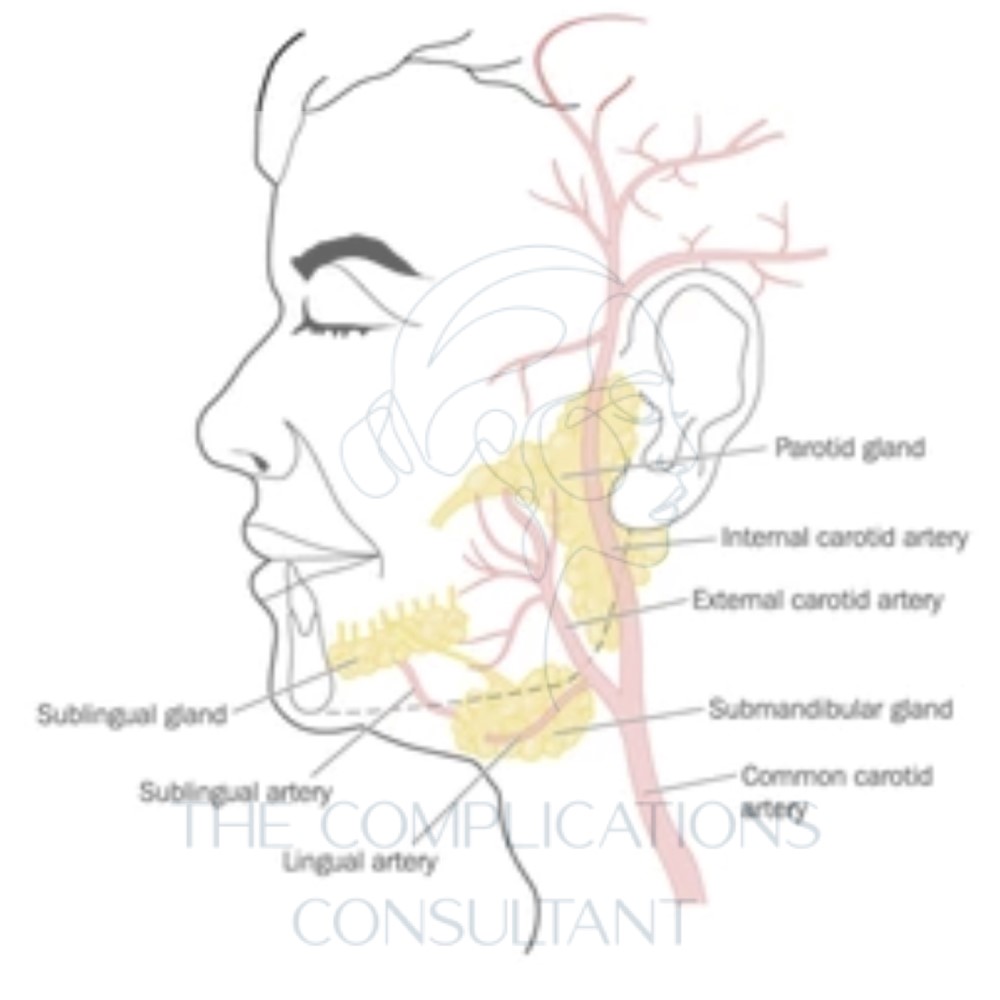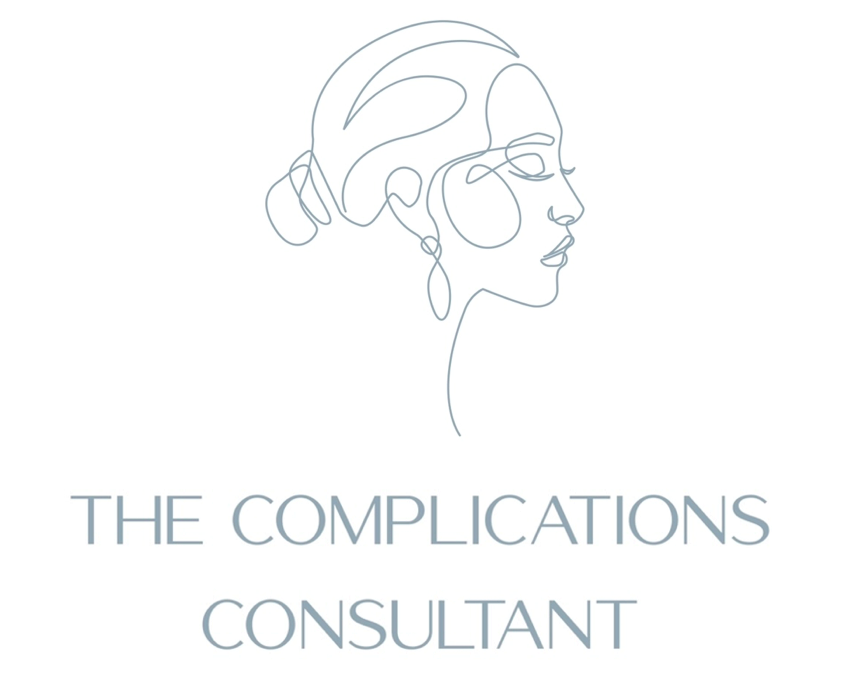Anatomy
PAROTID GLAND
The parotid gland is the largest of the three paired major salivary glands, including the submandibular and sublingual glands. It is in the retromandibular fossa, space mainly occupied by this gland. It is bordered superiorly by the zygomatic arch, anteriorly by the masseter muscle, and posteriorly by the sternocleidomastoid muscle. However, the superficial lobe extends anteriorly, covering the mandibular ramus and the posterior area of the masseter muscle.
The parotid gland and the other salivary glands play an essential function in the oral cavity because they secret saliva, facilitating chewing, swallowing, speaking, and digesting. Saliva excreted from the Parotid gland enters the mouth via a small duct in the buccal mucosa next to the upper first molar teeth.
The facial nerve courses through the body of the parotid gland, creating a unique relationship between them, which requires focused attention when performing aesthetic procedures. Fortunately, an experienced injector should be able to feel they’re in the wrong plane before they reach these deeply positioned anatomical structures and correct their positioning before damage is done.



